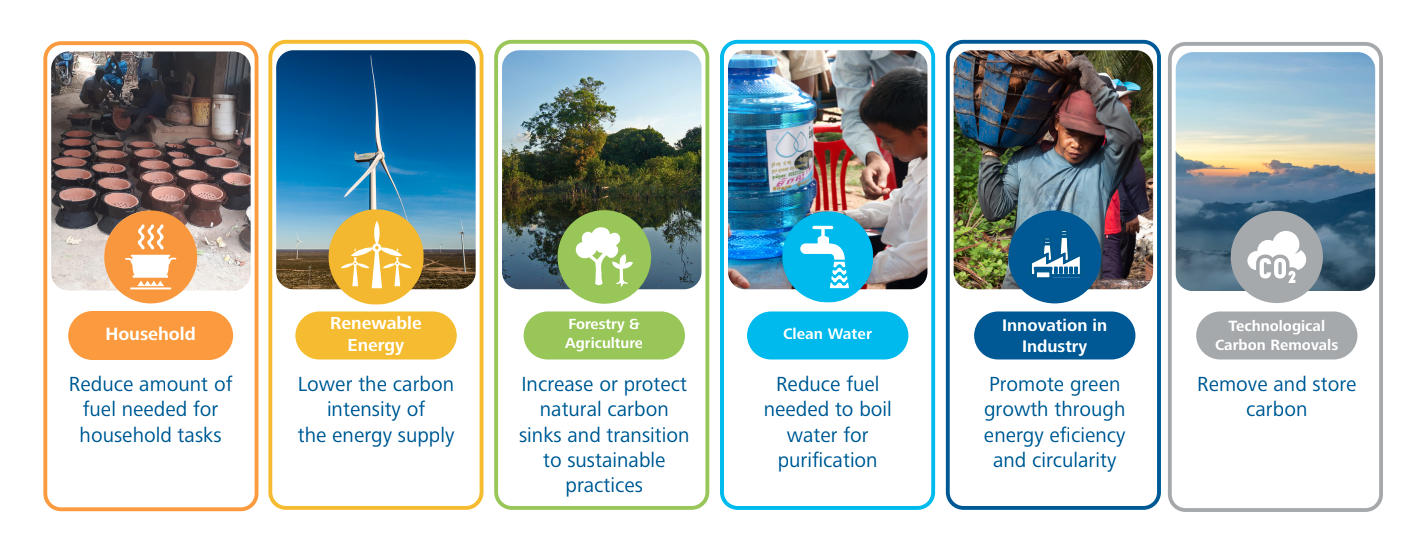

Without that information, think twice before you click.

When you’re offered an offset, you may not be told if the offset is certified, and if it is, by whom. Several independent certification organizations-including American Carbon Registry, Climate Action Reserve, The Gold Standard-vouch for the quality of voluntary carbon offsets. “For an activity or project to be additional,” explains a guidebook from the GHG Management Institute and the Stockholm Environment Institute, “the possibility to sell carbon offset credits must play a decisive (‘make or break’) role in the decision to implement it.” Whether that happened is hard for outsiders to know. Builders of a solar power plant may sell carbon offsets, but if the builders would have built the plant anyway, especially as solar power becomes cheap enough to compete with conventional sources, then the offsets haven’t accomplished anything. If the answer is yes-if the project is not truly “additional,” in carbon offset terminology-then the associated offset is meaningless. Every day that that CO2 is in the air, climate change gets worse.” Do carbon offsets make a difference?Īnother major concern is whether the offsetting activity would have happened even without revenue from the sale of carbon offsets. But the tree is going to take 50 to 150 years to grow and remove that carbon. “When you take a flight, you’re putting carbon into the atmosphere right now. Tree-planting is a popular offset project with a strong feel-good factor, but “it’s just not a legitimate offset” says MIT professor John Sterman, who researches environmental sustainability. These credits fund projects that take CO2 out of the air, such as planting trees, or projects that block CO2-emitting activities that otherwise would have happened, for example by building a solar power plant that takes the place of a coal-fired plant. If I buy a carbon offset, how does it help the environment? They are by no means equal to one another in eco-friendliness. Voluntary credits take myriad forms involving a wide range of activities and offer varying levels of assurance that they are what they say. That’s starkly different from compliance credits, which are government-mandated, specifically defined, and independently audited. In recent years, Tesla, Toyota, and Honda have been sellers of credits General Motors, Ford, and Stellantis (the amalgam of Chrysler, Fiat, and France’s PSA) have been buyers. Companies that over-comply are awarded carbon credits, which they can sell to companies that don’t comply fully. To encourage development of low-emission vehicles, for example, the U.S., EU, and other governments impose emission limits on automakers. Most developed economies and some emerging economies regulate several CO2-emitting activities (production of autos, cement, chemicals, electricity, plastics, steel, many others). There are two kinds, compliance credits and voluntary credits. About $273 billion of credits were traded globally last year.īut what is actually being bought and sold? What is a carbon credit?Ī carbon credit, sometimes called a carbon offset, is a tradeable certificate or permit allowing the owner to emit a given amount of CO2. Tesla sold $518 million of carbon credits in its latest quarter, accounting for nearly all its pre-tax profit. At some companies they’re a significant cost, at others a major revenue source. You can give them as gifts ($4.99 per 1,000 pounds of CO2 abated at ).

Millions of individuals buy them to offset the CO2 emissions of various activities, such as renting a car or flying (cost for Los Angeles to New York on United Airlines: $4.01).


 0 kommentar(er)
0 kommentar(er)
